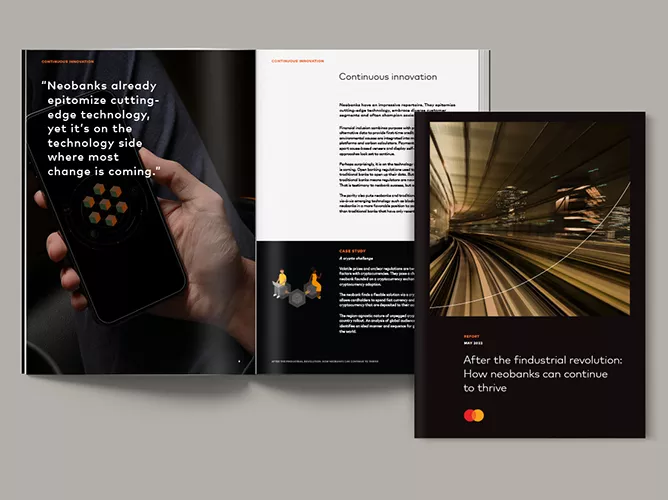In 2009, the first successful decentralized cryptocurrency was launched. In 2021, a piece of digital artwork was auctioned for a value of US$69 million. Two landmark events 12 years apart.
The auction house’s acceptance of cryptocurrency for the purchase of the artwork was not just a token gesture. Ownership of a cryptocurrency is represented by fungible tokens. Ownership of non-commoditized items, such as artwork, is represented by non-fungible tokens (NFTs). In this US$69 million sale, the buyer and the seller essentially swapped tokens.
“In this US$69 million sale, the buyer and the seller essentially swapped tokens.”
After the sale, the blockchain recorded the shift in ownership. More sales down the road, more blocks. And so the chain continues. Simple and traceable.
But look into the details, and this auction is not a US$69 million posterchild for decentralized finance (DeFi) purists.
The auction was facilitated by a centuries-old traditional auction house. And the artist, apparently concerned about the cryptocurrency’s volatility, quickly converted the digital currency proceeds into US dollars.
Those two details might not attract much media attention, but they should attract the attention of most institutions involved in facilitating financial transactions. The involvement of an identifiable, centralized incumbent and a wariness of decentralized cryptocurrency present an opportunity for banks to step in to provide trust as valued participants in a DeFi ecosystem.
The US$69 million transaction raised eyebrows. The 250-fold increase over 18 months in the total value of assets locked in DeFi—from around US$1 billion in the middle of 2020 to a peak of US$250 billion by the end of 2021—raised the stakes.
This paper explores what is at stake for banks and how they can rise to the opportunity.











